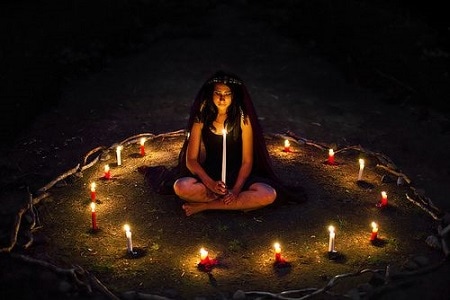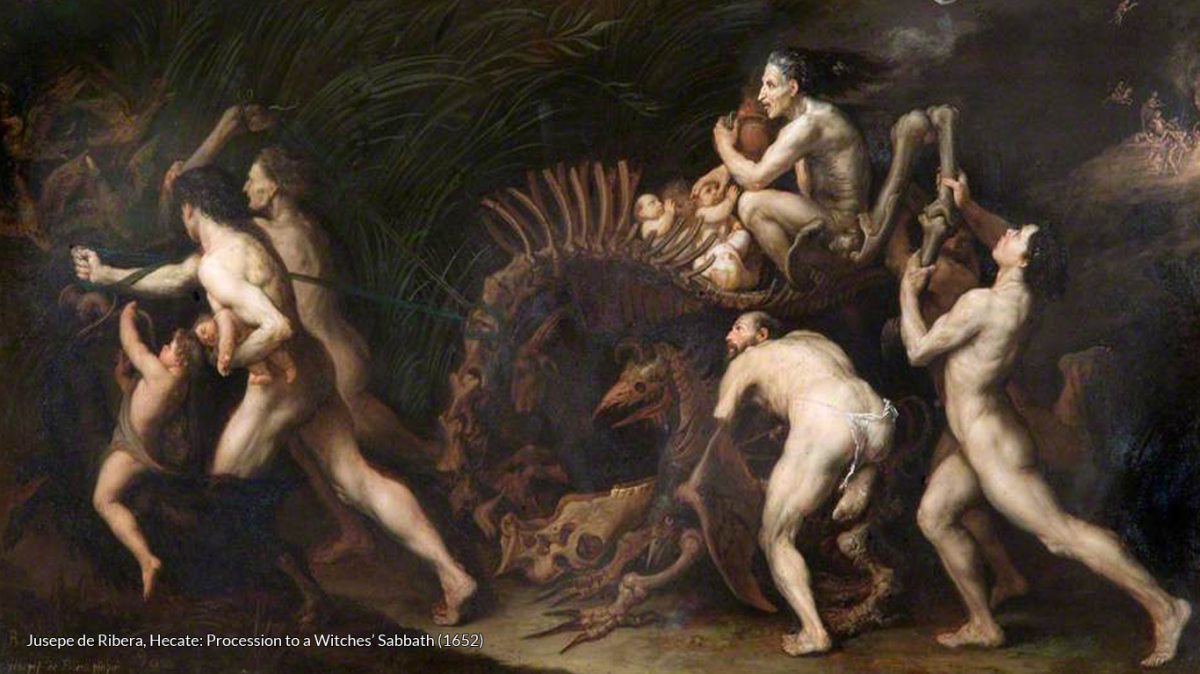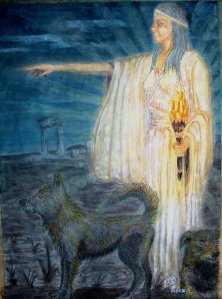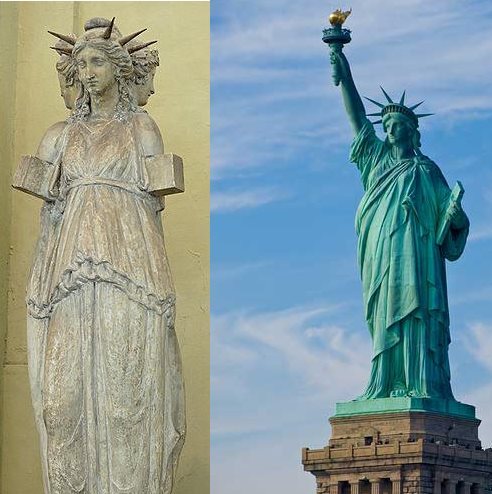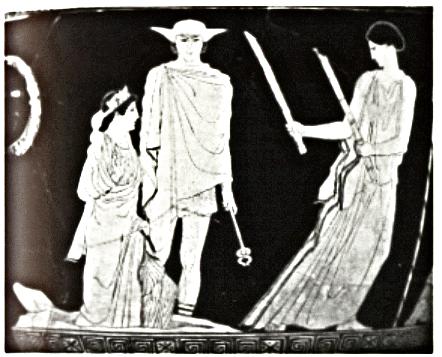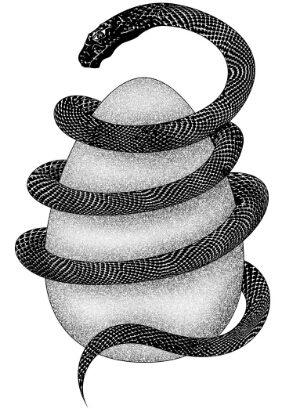When we think of Hekate and where she might be found we think of many things but we don’t particularly think of her in an urban setting. We might imagine her walking along lonely windswept cliff top where land, sea and sky all meet, or waiting for us at desolate forest crossroads, but not so much stood at the intersection at the end of our road. Graveyards might be found in urban environments but historically this wasn’t the case, the living and the dead being separated by distance and walls for many different magical and mundane reasons and this now artificial distinction still holds true. We rarely recognise the chthonic nature of the descending steps of the underpass or tube station as being an opening to the Underworld, preferring to see Hekate as being stood before a cavern in the deepest darkest forest rather than anywhere that might be close to home.
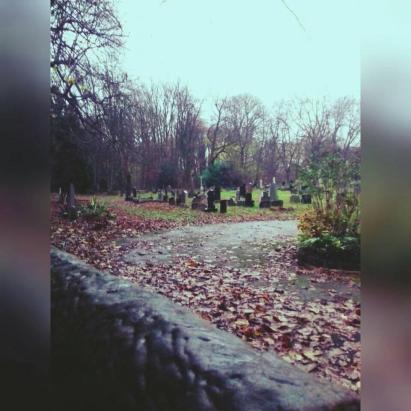
In part this could be construed as being a lack of imagination on our part but a large part of it is that we really aren’t trained to think of Hekate as being a Goddess concerned with, or involved with, city life. When we play up her associations with the dead and with witchcraft we immediately cast her out of the city and into the wilderness, reinforcing the image with her associations with wild animals and the hunt. The truth of her history is far more complex than that, and if we pay attention to it confirms what some consider to be modern UPG in bring her into the city.
Celebrating Deipnon
I’m sure everyone reading this is familiar with Deipnon, the devotional act which take place on the last day of the lunar month according to the Attic calendar to honour Hekate. Deipnon features in Aristophanes “Plutus” where the titular character say;
“Ask Hekate whether it is better to be rich or starving; she will tell you that the rich send her a meal every month [food placed inside her door-fronted shrines] and that the poor make it disappear before it is even served.”
Aristophanes, Plutus 410 ff (trans. O’Neill) (Greek comedy C5th to 4th B.C.)
The meals described in Plutus are most likely the remains of a family meal, with and remaining food being taken from the table and transported to the closest shrine of Hekate, which may be as close as the families own doorway, or to the nearest crossroads or public shrine for deposition. As I posit in my post Hekate and the Homeless, the food was probably deposited in such a way that only food that touched the floor was considered offering to the Goddess and that a portion of the food may have been gifted to the homeless and destitute in a manner not dissimilar to alms given in medieval times.
It is highly likely that the Greeks, though not afraid to go the extra mile in their religious and devotional endeavours, kept as close to home as possible during a time which was fraught with many spiritual dangers. Venturing out into the countryside for long walks would have been hazardous to the physical health (bandits) and their spiritual health as it was during the hours of darkness the dead wandered the world and the living were at risk of contracting miasma, a spiritual stain which would affect not only their lives but the community at large.

Crossroads within the polis grid are not uncommon, nor are liminal spaces such as monumental gateways. A good example of this would be the Gate of Mazaeus and Mithridates located in the agora of Ephesus. The gateway, consisting of three archways, bears a carved relief of Hekate as a triformis goddess and bears the inscription “he who urinates this place will be pursued by the avenging spirit of the goddess Hecate”.
I do like the idea that people participating in the Deipnon would go from their home to a central point, like the agora, making idle chit chat with friends and neighbours before making their deposition and hurrying back to their homes to avoid the avenging presence of the Goddess. Meanwhile the poor and destitute take their portion before finding a space for the night. There is no evidence for this whatsoever, and I suspect those who kept this devotional act most likely did so at a shrine located in their own porch way or much closer to their property, but the words of Aristophanes make a circumstantial case for Hekate’s association with a civic matter such as homeless and poverty, one which is mirrored by modern practice as many devotees combine Deipnon with charitable donations to homeless shelters.
Civic Processions
“Two sacred stones (guulloi) are brought. One is placed beside Hekate in front of the gates (of Miletos); it is gardlanded and a libation of unmixed wine is poured. The other is placed at the doors of Didyman. And doing these things, they march the broad road as far as the Heights, and from the Heights through the woods.”
Hekate features in two processional celebrations, the first being the procession from the city Miletos to sacred temple of Apollo at Didyman where her statue, situated before the gates of Miletus, was the starting point of the Sacred Way.
Hekate is the starting point of the Journey. Her statue is located before the gates in a position which implies protection both of the city of Miletus and of the sacred journey which participants are about to undertake. The stones described (or gulloi, a cuboid or four sided stone which may have held special powers or celestial associations such as having fallen from the sky) represent the two points by which the two cities will be joined. The position of Hekate’s statue before the gates of Miletus, and its use as a starting point for such an important journey implies that not only was Hekate considered important to the city, perhaps one of the main protective deities, but that Her protection was invoked as part of commencing the ritual journey.

The second, and perhaps more significant to Hekate as a goddess Alone, is the Procession of the Key which took place between the city of Stratonikeia and her cult centre at Lagina, where she was the sole focus of a processional celebration.
In this celebration a young woman, often related to the serving priest of the cult, carried a ceremonial key south from the temple at Lagina to the northern city gate and into the Bouleuterion (roughly council house or assembly house) where the rules of the religious celebrations for the cult were recorded. This act or carrying the ceremonial key, undoubtedly representing either the physical key used to secure an important door within the temple or a ritual object which formed part of the temple treasure/regalia, forged a link between temple and city. The young woman was usually referred to as the Key Bearer (klaikophoros) which is a title shared with the Goddess herself. The links between the temple and city were strong, with the civic priesthood being drawn from the ruling elite and much of the cost of celebrations being shouldered by the wealthier residents as an outward display of piety. It is clear that Stratonikeians held the Goddess in high regard, featuring her on numerous coins and incorporating her in to many friezes along side Zeus and dedicating numerous festivals to Her.
Hekate as Protector of the Poli
Another way in which Hekate showed her concern for the Greek polis was as a protector in and hour of need. As seen in my post regarding Hekate and Epiphany, the Goddess is associated with a number of incandescent manifestations which lead to the salvation of a chosen people. In particular, the warning and illumination attributed to her during the 340/39 BCE siege of Byzantium shows that not only did people believe that Hekate was both willing and able to intervene on the behalf of a city but that she should be honoured with statues and celebrations.
Hekatean Worship in a Civic Setting
Ancient Greece covered a very large area and given it was not the hegemony that we are lead to believe. Whilst I have referred to four different locations in the course of this post this really only represents a journey of 900km by road, crossing one international border which wouldn’t have existed in the periods we are talking about. Whilst 900km may seem a long distance Greek settlements can be found throughout the Mediterranean, extending as far as the plains of Russia and the deserts of Egypt. 900km is but a fraction of a civilisation which contained many regional variations when it came to the worship and understanding of the Gods.
Whilst we cannot say clearly that Hekate was universally viewed as a goddess which could be found at the centre of city/town life it is clear that she was not only viewed as a denizen of the wilderness. This is something to keep in mind when placing ones own devotion within the modern landscape.
Yes, there is something “more” to performing midnight rituals at a deserted forest crossroad, or deep within an abandoned graveyard. It is nice to be able to get out into the countryside, away from distraction, noise and invasion of privacy, and place offerings in places where they will not be found but these locations can be equally found within your urban setting. Many devotees perform their rituals within their own homes, taking offerings from the altar after the ritual is closed and placing them at a local intersection or the boundary line of their garden for deposition in a smaller secondary act of devotion. Though it may feel to some that to do so is drawing Hekate out of her liminal spaces and into the city the truth is that Hekate was already present within our cities, just has she had been close to the people of Stratonikeia, Byzantium, Miletus and Ephesus all that time ago.


